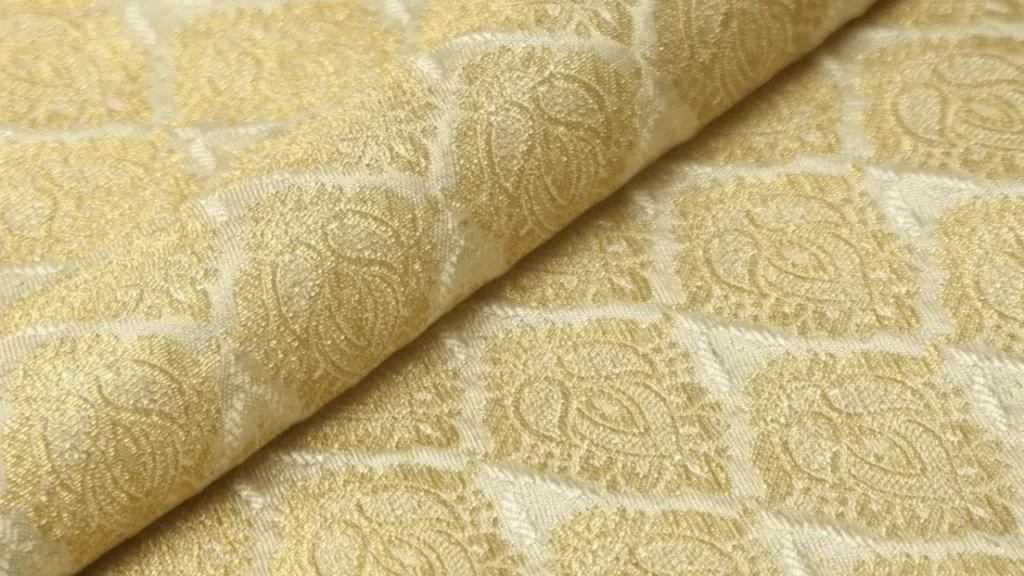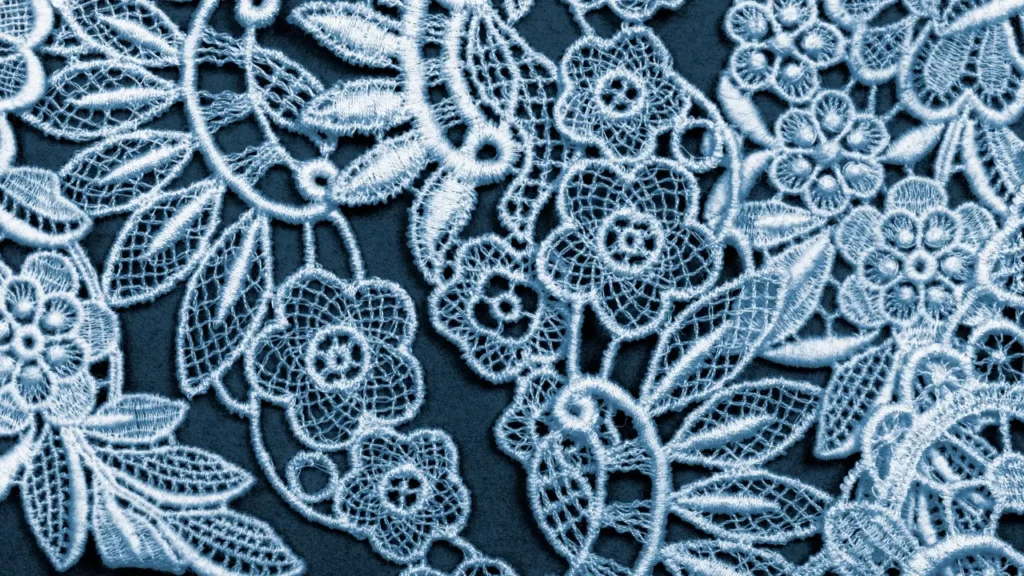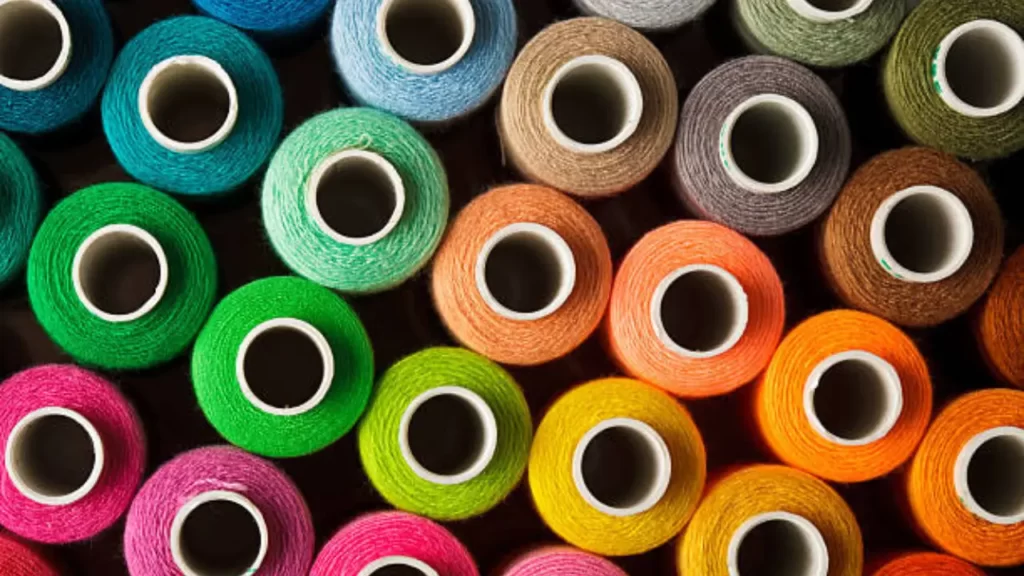The rich tapestry of Pakistan’s cultural heritage is deeply intertwined with its traditional textiles. Among these textiles, Jamawar holds a place of distinction. Known for its intricate patterns and luxurious feel, Jamawar, once the prized possession of royalty, is now sought after in fashion circles and by connoisseurs of fine fabric. In this article, we will delve into the fascinating world of Jamawar and provide an in-depth analysis of the Jamawar price in Pakistan.
The History of Jamawar
Contents
Jamawar’s origins can be traced back to the Mughal era when this exquisite fabric was favoured by the royals for its grandeur and sophistication. The name ‘Jamawar’ is derived from the Urdu words ‘Jama’, meaning robe, and ‘war’ or ‘var’, denoting a yard, essentially signifying ‘a yard of robe.’ Back then, Jamawar shawls were a symbol of status and wealth, painstakingly handcrafted by skilled artisans and often taking years to complete.
Understanding Jamawar
The Jamawar textile is traditionally made of fine wool and silk, known for their intricate, artistic patterns. The designs often depict nature or abstract motifs, and the artistry lies in the perfect harmony of colours and patterns that mesmerize the observer. Today, while machine-made Jamawar is more common, handmade pieces continue to fetch a premium price due to their unique craftsmanship.
Price Ranges of Jamawar in Pakistan
The price of Jamawar in Pakistan varies greatly, depending on the factors discussed above. However, for the reader’s convenience, here’s a table summarizing the price ranges:
Last Updated on Aug 1, 2023. We want to make sure you have the most up-to-date information on prices.
| Type of Jamawar | Price Range (PKR) |
|---|---|
| Machine-made Jamawar | 4,660 – 4,960 |
| Handwoven Jamawar (Simple Design) | 4,660 – 4,960 |
| Handwoven Jamawar (Complex Design) | 4,660 – 4,960 |
| Jamawar from Established Brands | 4,660 – 4,960 |
Please note that these prices are approximate and subject to change based on market conditions and other factors.
The Making of Jamawar
The process of making Jamawar, particularly by hand, is a complex and time-consuming one. It begins with the careful selection of high-quality wool or silk, which is then spun into yarn. The yarn is dyed using natural or synthetic dyes depending on the desired colour palette. Artisans then weave the yarn on looms, meticulously following the design pattern. Each thread is strategically placed to bring the design to life, a process that can take months or even years for more complex patterns.
Factors Influencing Jamawar Price in Pakistan
Quality of Materials
The quality of the materials used significantly influences the Jamawar price in Pakistan. Authentic Jamawar textiles are traditionally made of high-quality wool, silk, or a blend of both. The purity and quality of these materials are directly proportional to the price.
Complexity of Design
The complexity and intricacy of the design is another substantial factor. Elaborate and detailed patterns command a higher price as they involve more skilled workmanship and time.
Man-hours and Labor
The man-hours and labor involved in crafting a piece of Jamawar also play a crucial role in determining its price. A hand-woven Jamawar shawl, for instance, can take anywhere from a few months to several years to complete, depending on the design’s complexity. The cost of labor is therefore a critical component of the final price.
Brand Value
The reputation and value of the brand also significantly influence the price. Established brands, known for their exceptional quality and craftsmanship, often price their products higher than lesser-known or new market entrants.
Conclusion
Understanding the world of Jamawar and the factors that influence its price deepens our appreciation for this exquisite textile. The price of Jamawar in Pakistan reflects the craftsmanship, time, and resources involved in its creation. When you invest in a Jamawar shawl or a piece of Jamawar fabric, you’re not just buying a garment. You’re buying a piece of art, a slice of history, and a testament to the rich cultural tapestry of Pakistan.



